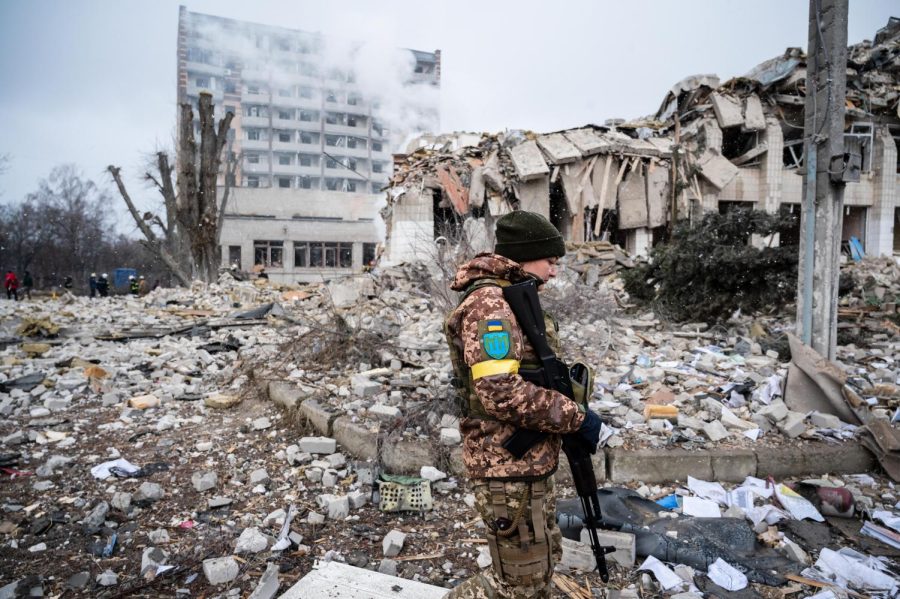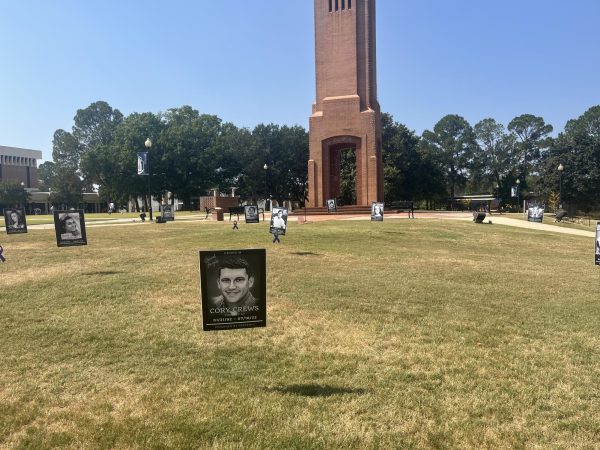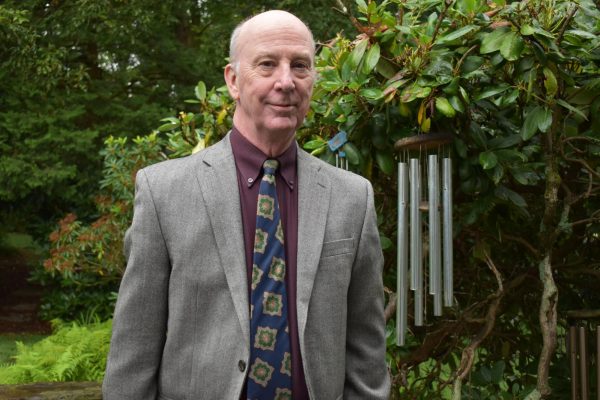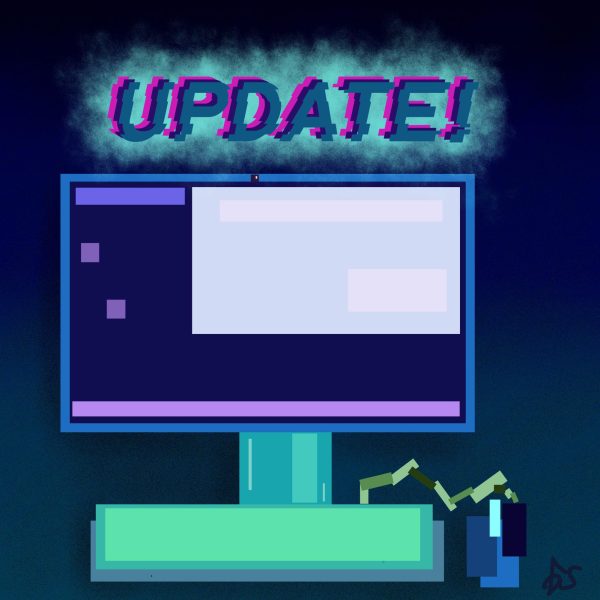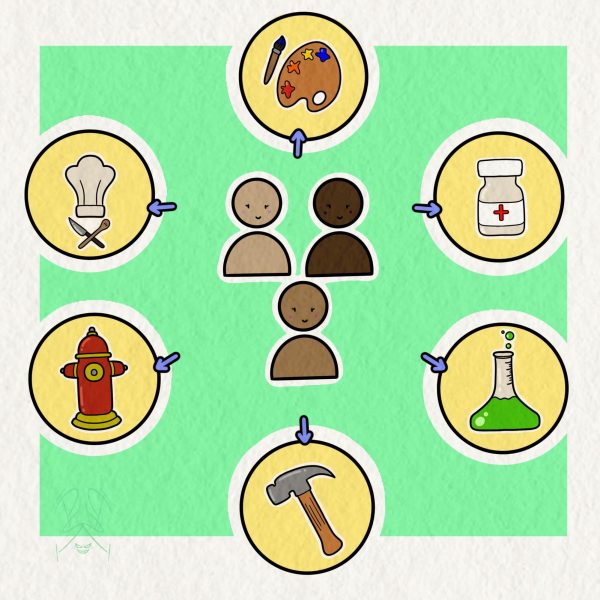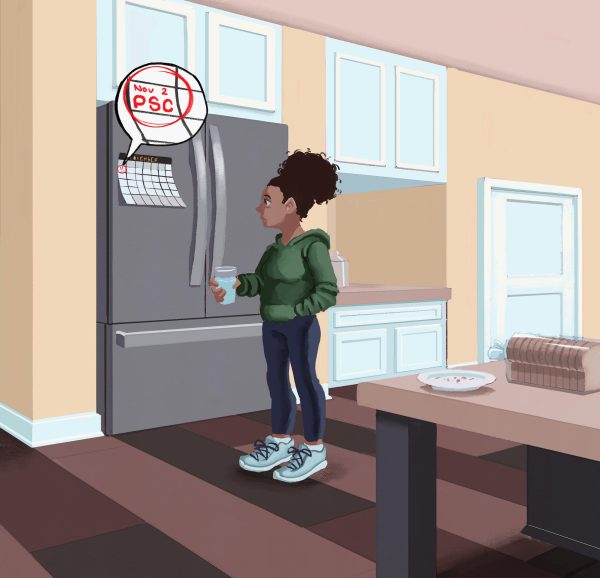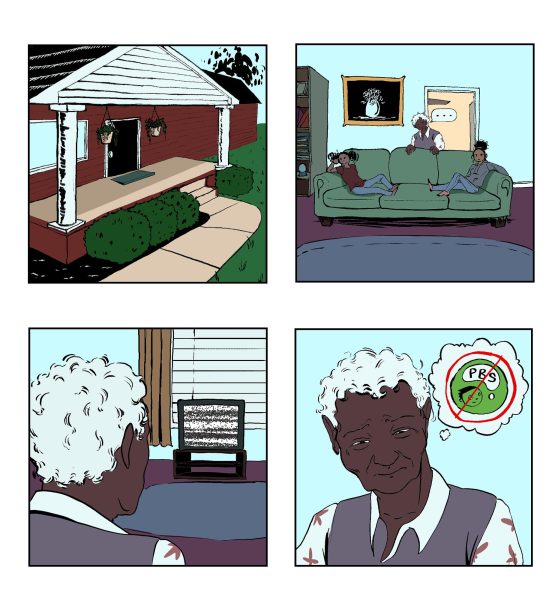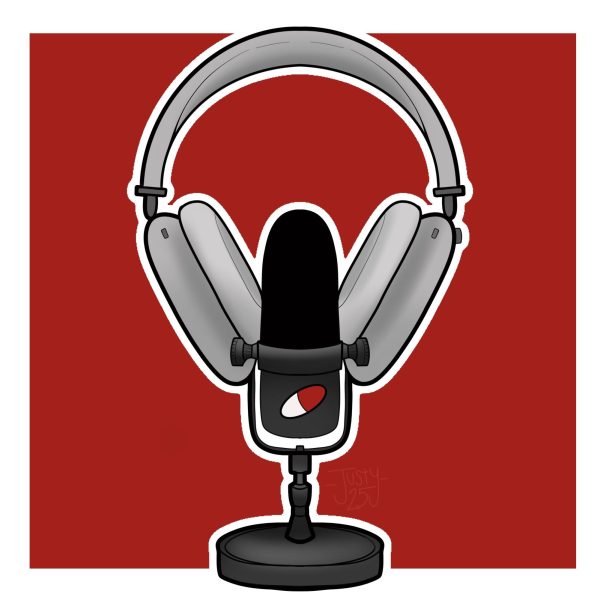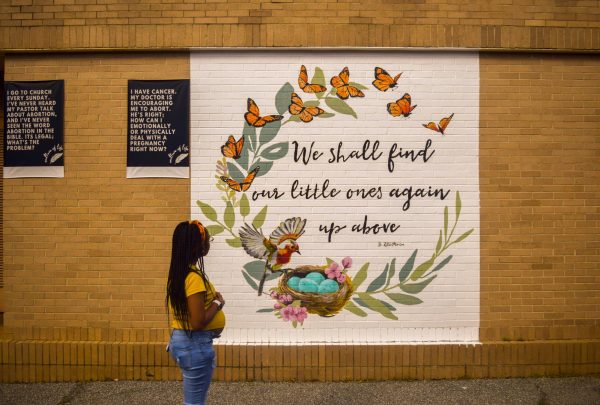Contextualizing the Russo-Ukrainian War
Making sense of a complicated situation in Eastern Europe
On Feb. 24, 2022, Russian President Vladimir Putin ordered Russian Armed Forces to invade Ukraine, which was followed by several airstrikes and tanks entering via the Belarusian border. But how did we get here? What events led up to the current situation?
Collapse of the Soviet Union
In the mid-80s, Communist Party of the Soviet Union politician Mikhail Gorbachev became the leader of the Soviet Union, inheriting a difficult country to manage. At the time, the USSR’s economic situation and political machinations made it difficult for Gorbachev to institute reforms. However, he attempted to do so with two policies: glasnost (political openness) and perestroika (economic restructuring).
Glasnost effectively reduced the power of the Communist Party, allowed citizens to criticize government officials, and gave more freedom to the press and media. Perestroika decentralized economic controls in an attempt to reduce the government’s role in the economy.
While Gorbachev intended for the policies to democratize the Soviet Union, these new policies caused more civil unrest. Eventually, some of the Soviet Socialist Republics in the western part of the country, such as Latvia, Estonia, and Lithuania, began to demand independence from the Union in 1989. Soon, more of the Republics joined the burgeoning independence movement, including Ukraine.
The CPSU attempted to keep the Union together through a coup d’etat but ultimately failed because the military refused to participate in suppressing protests. Gorbachev soon resigned his leadership, allowing Boris Yeltsin to take power. Yeltsin removed the CPSU and dissolved the Soviet Union on Dec. 24, 1991. As a result, Ukraine became an independent country.
Russo-Ukrainian Relations in the 90s and early 2000s
Ukraine inherited the third-largest nuclear stockpile in the world after the Soviet Union was disbanded. The country also inherited 30% of the USSR’s military industry. This caused international concern; the world worried if Ukraine would use its new arsenal and manufacturing prowess for violent purposes. However, Ukraine could not control much of its arsenal, as they were dependent on a Russian system, and the country agreed to remove many of its nuclear weapons.
Russia was one of the major global powers that made sure Ukraine abandoned its nuclear arsenal.
After the Crimean referendum of 1991, the “Crimean problem” developed. Basically, the status of Crimea was questioned—was it a part of Russia or Ukraine? Russia eventually recognized Crimea as a part of Ukraine through the Budapest Memorandum, but the peninsula remained a point of contention between the two countries for some time.
1991 also saw Ukraine becoming a member of the North Atlantic Cooperation Council. Ukraine began its partnership with the North Atlantic Treaty Organization the following year but never became an official member.
In 2008, Russian President Vladimir Putin denounced NATO’s attempt at expanding its borders through Ukraine’s potential future membership. He viewed Ukraine’s desire to join NATO as a “direct threat” to Russia. He also saw Ukraine as a sphere of its own interests.
The 2014 Russian invasion of Crimea
On November 21, 2013, large processions of Ukrainian citizens gathered throughout Maidan Nezalezhnosti – Independence Square – in Kyiv, forming the Euromaidan Protests.
The protests were formed in reaction to the Ukrainian government’s sudden decision to withdraw from joining the European Union-Ukraine Association Agreement in favor of retaining ties with Russia.
Previously, an overwhelming agreement and voting by Ukraine’s parliament to join the EU had seemed to offer a bright future for the nation, but Russia’s political coercion upended the consensus.
Ukrainian citizens called for then Ukrainian President Viktor Yanukovych and the Ukrainian Government’s representatives to resign from office.
From February 22 through the 23, after three arduous months of protests, talk of a rumored oligarchy, heavy and ill-justified use of political power, and the violation of human rights ignited the fuse to what would lead to the Revolution of Dignity. More than one hundred protesters and Ukrainian law and military enforcement were killed, more than a thousand were injured.
The Revolution of Dignity reached a conclusion with the removal of then President Yanukovych’s removal from office as voted by the Ukrainian Parliament. Since then, February 22 and 23 have been declared days of mourning in Ukraine for the lives lost and those injured.
Shortly after the appointment of Prime Minister Arseniy Yatsenyuk, Russian President Vladimir Putin ordered masked Russian troopers to invade, seize, and capture essential points across Crimea and the Supreme Council of Crimea. Russia, at this time, considered the temporary Ukrainian government to be illegitimate.
Russian forces would later take over the Ukrainian Naval blockade along Western Crimea in Lake Donuzlav, causing the eviction of Ukraine’s last military defenses.
The Crimean Supreme Council was taken over and dissolved by Russian forces, bringing about the installment of a pro-Russian Prime Minister. The new Crimean Supreme Council would later declare the Republic of Crimea an independent nation, controversially voting to join the Russian Federation.
The Republic of Crimea was officially admitted into the Russian Federation on March 21, 2014.

Jonathan Stringfellow is an English Literature Major at Columbus State University and aims to be and English Literature Professor. He writes short stories...
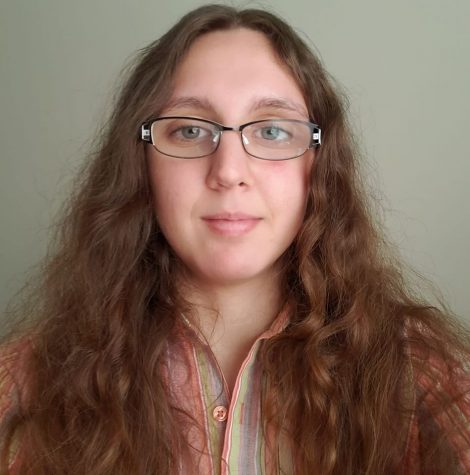
Jessica is an English Literature graduate who minored in History. Jessica started working as a reporter for The Saber/The Uproar during her first semester...



